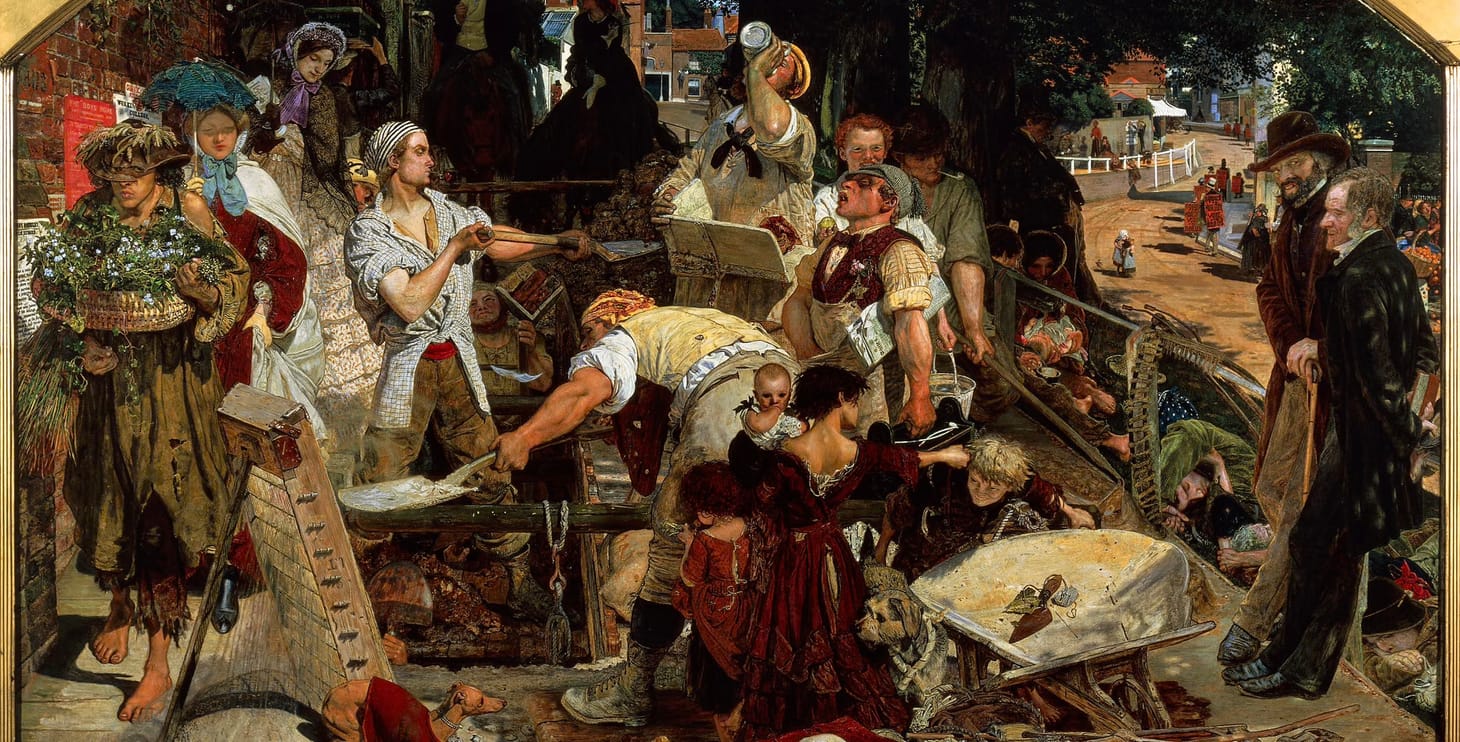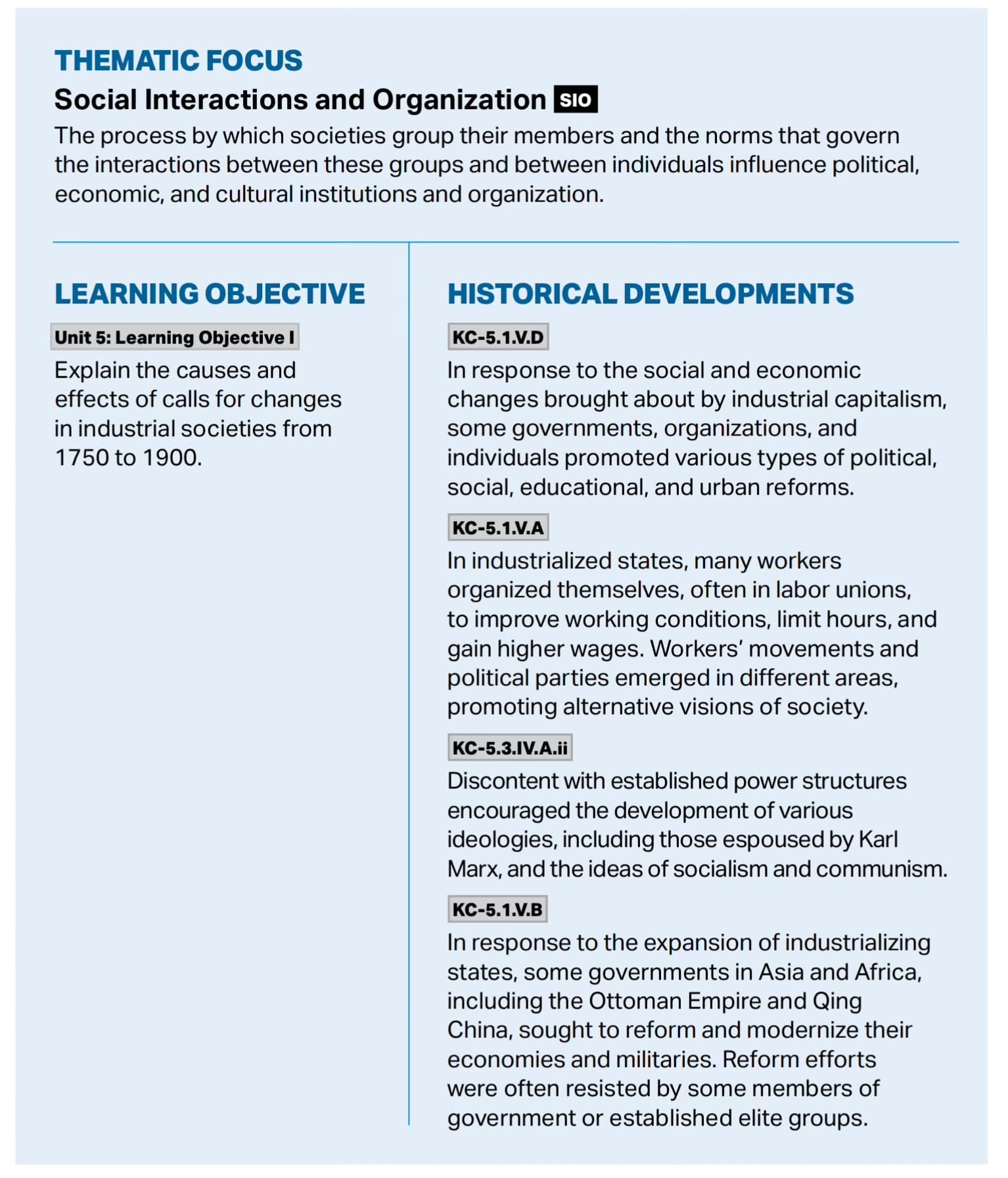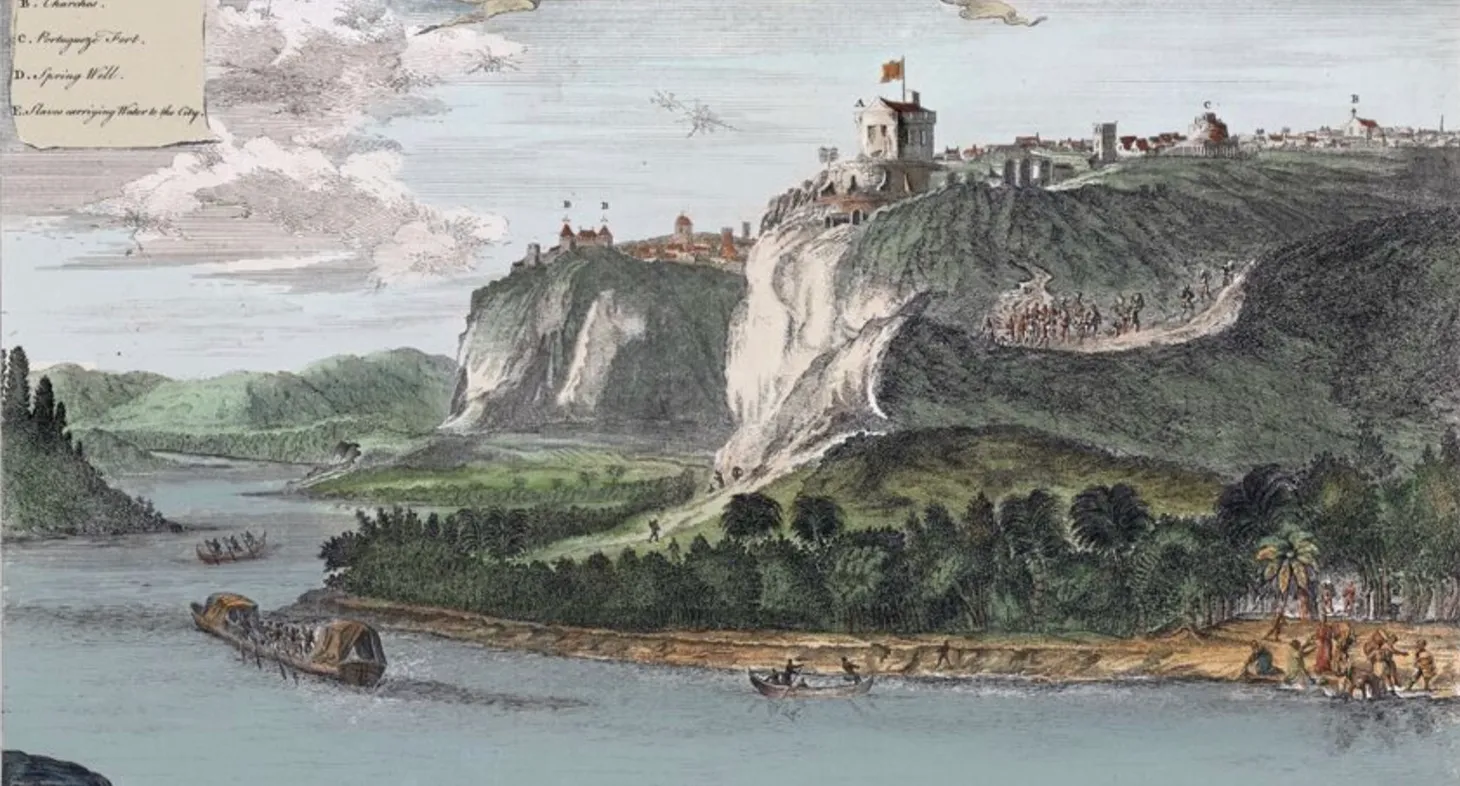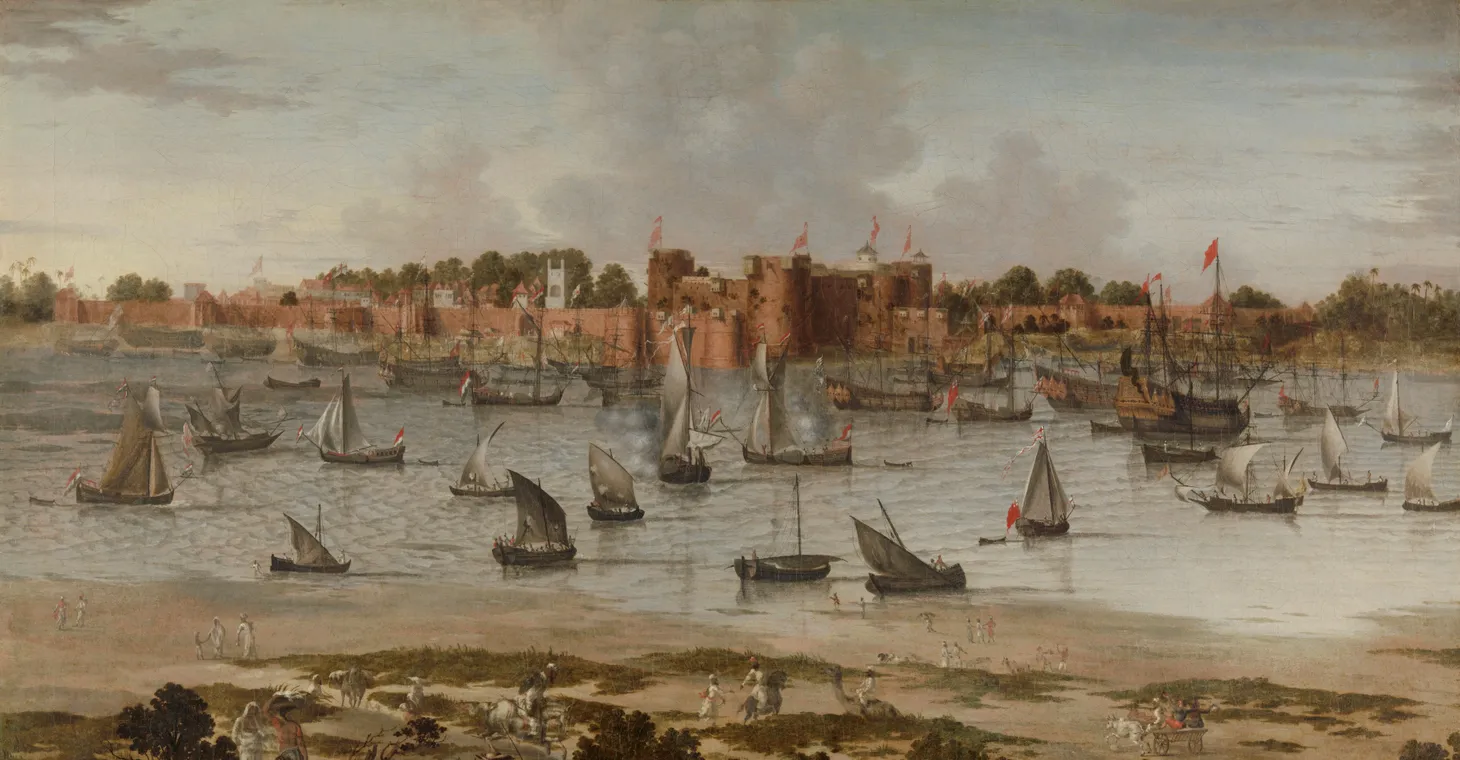“Wrought with Labour and Travail”: Building London’s Sewage System
Discussion of teaching nineteenth-century urban reforms


In the 1850s, London developed rapidly as an industrial city. As the population grew, so did the waste. Most of it ended up in the Thames River, which began to smell. In response to the river’s pollution and smell, a newly founded Metropolitan Board of Works oversaw the building of London’s first sewage system. The sewage system is an ideal example of some nineteenth-century “governments, organizations, and individuals promoted various types of political, social, educational, and urban reforms.” Because of the magnitude of this project, there are many helpful primary sources related to this project, but which ones should we use?
The Source
This Content is for Subscribers on the Buy Me Lunch and Buy Me Dinner tiers
SubscribeAlready have an account? Log in



